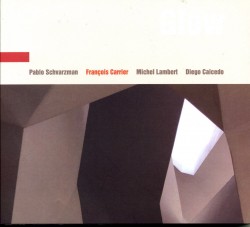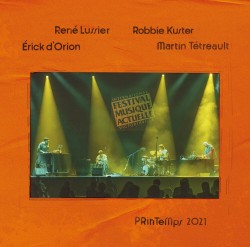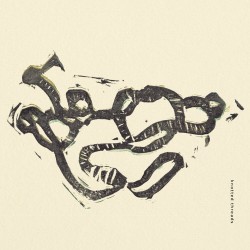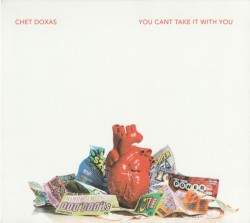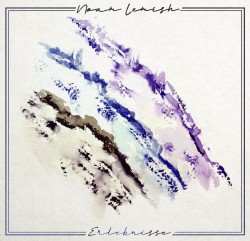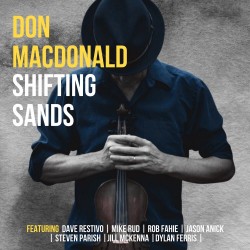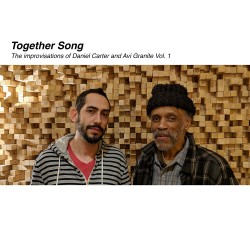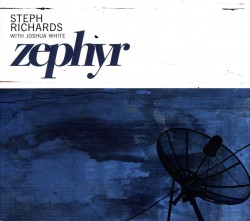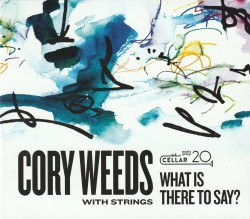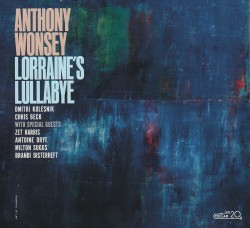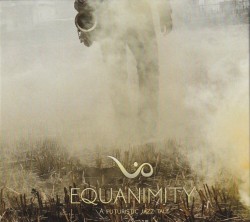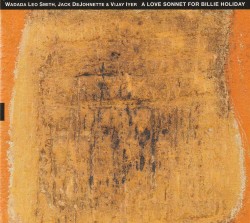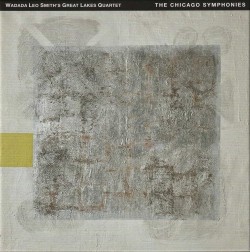From the Astral Oli Astral - (Oliver Grenier Bédard; Frédéric Alarie; William Regnier)
 From the Astral
From the Astral
Oli Astral (Oliver Grenier Bédard; Frédéric Alarie; William Regnier)
Multiple Chord Music (oliastral.com)
The word “astral” in the title of the album, the name of the ensemble and the role of electronic instruments played by two musicians from the trio may lead to the assumption that the music that ensues fuses the spacey and the terrestrial. In reality, this music is far more profound. It is as if Oli Astral – guitarist Olivier Grenier Bédard (aka Oli Astral), bassist Frédéric Alarie and drummer William Régnier – lean into a theosophical belief, dwelling in an ethereal region comprising their sound world, where each of their artistic auras melds into music.
It is a lofty ideal, but Oli Astral makes good on that extra-terrestrial promise. The repertoire on From the Astral comes from a place of considerable imagination and intuition. The six songs are woven from elements created by the guitarist’s MIDI controllers and digital audio processing techniques as well as the bassist’s modular synthesizers that retain the feel of orchestral textures. Add the palette that the drummer’s percussion colours create and you have rhythmic frescoes onto which are projected a poignant musical artwork with purity of tone where jazz guitar meets the electronic realm.
The music of From the Astral also suggests that this trio’s inspiration lies at the juxtaposition of jazz and neoclassicism. The idiomatic adaptation of what ensues from those imaginary crossroads is altogether atmospheric, best experienced on charts such as L’envoi and Spectre Sonore.




